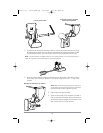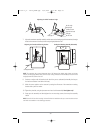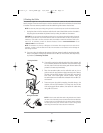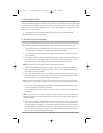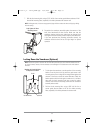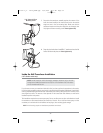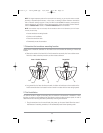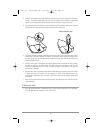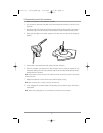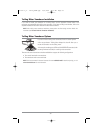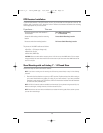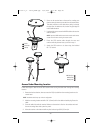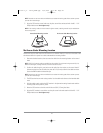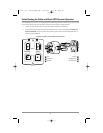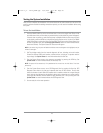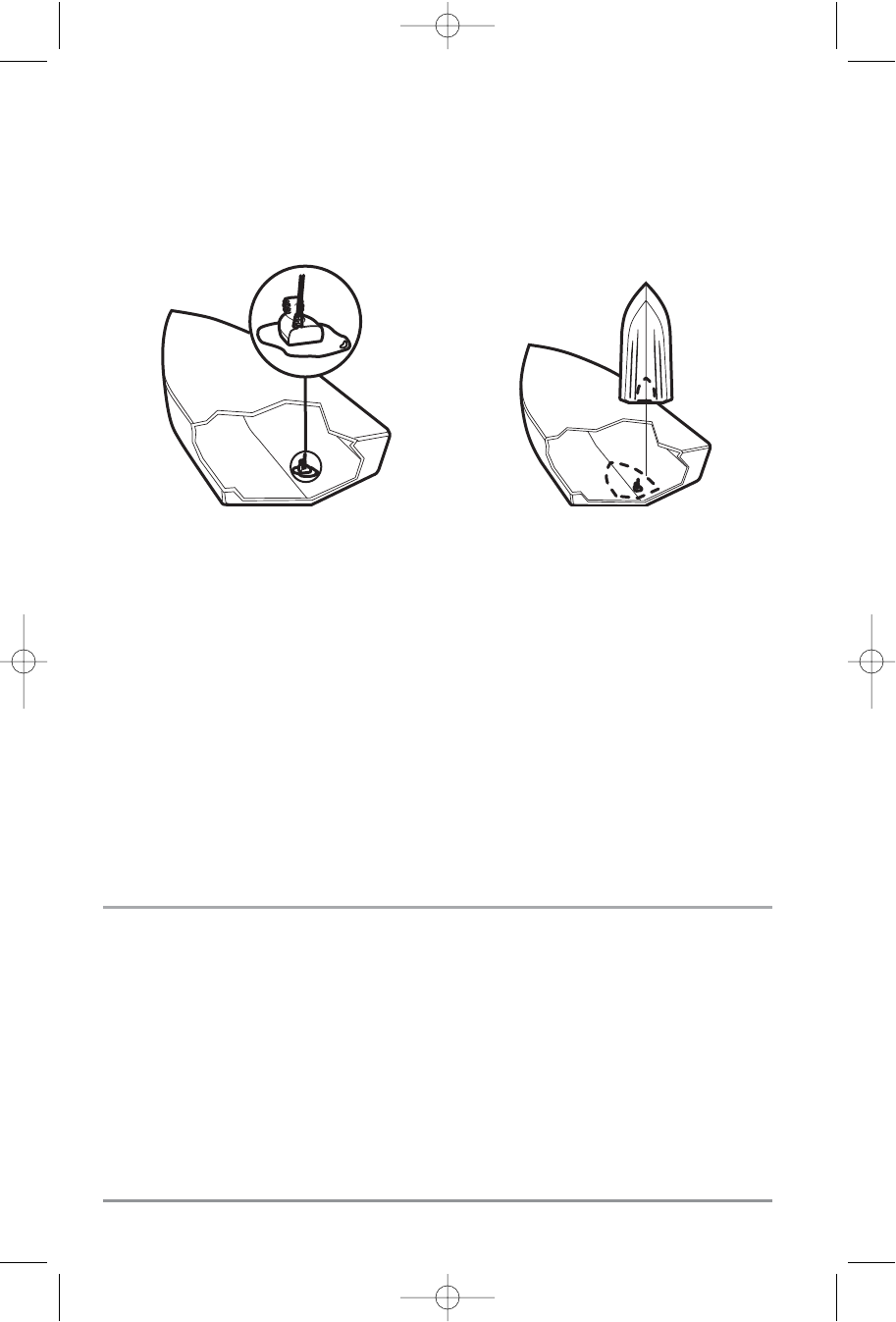
2. View the sonar signal at its best by holding the transducer over the side, immersed in the water,
so that it is pointing straight down over a known flat bottom. Use the display to benchmark
against the sonar signal that will be detected once the transducer is placed in the hull.
3. Place the transducer body face down at the identified mounting location inside the hull, with the
end that has the mounting knuckle pointed towards the bow of the boat.
4. Fill the hull with enough water to submerge the transducer body. Use a sand-filled bag or other
heavy object to hold the transducer in position. The transducer cannot transmit through air, and
the water purges any air from between the transducer and the hull, and fills any voids in the
coarse fiberglass surface.
5. View the sonar signal on the display and compare against what you observed in Step 2, making
sure that the boat is in the same location as it was during your observations in Step 2. If the
results are comparable, move on to Step 6. Otherwise, locate a new position in the hull and
repeat Steps 3 through 5.
6. Run the boat at various speeds and water depths while observing the screen on the control head.
If depth performance is required, test the transducer in water at the desired depth. If the
performance is acceptable, move on to Step 7. If the performance is not acceptable, repeat Steps
3 through 6.
7. Once you have determined the best mounting location using the above steps, mark the position
of the transducer.
3. Route the cable
1. Once the mounting location is determined and you have marked the position of the transducer,
route the cable from the transducer to the control head.
Preferred Mounting Area
36
531617-1_A - 1197c_ManE.qxp 11/6/2007 4:36 AM Page 36




